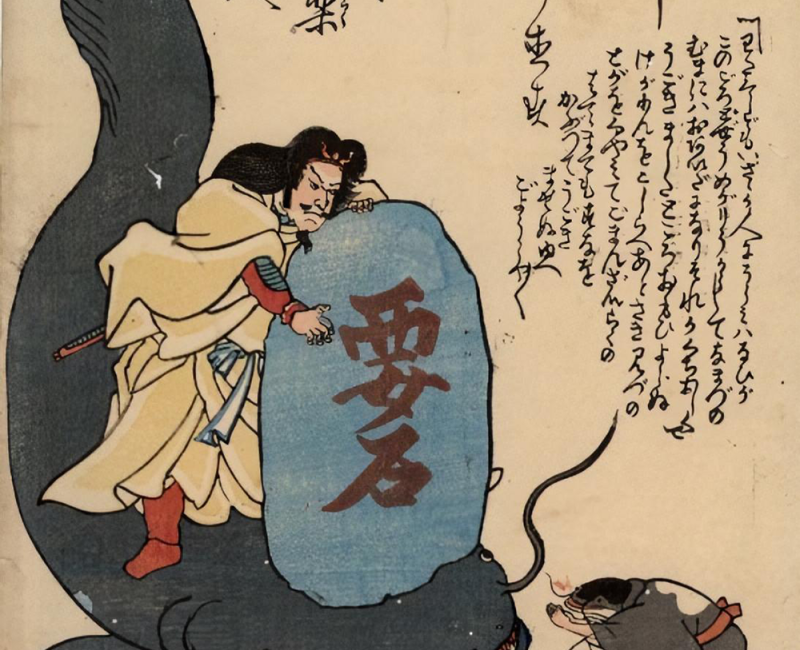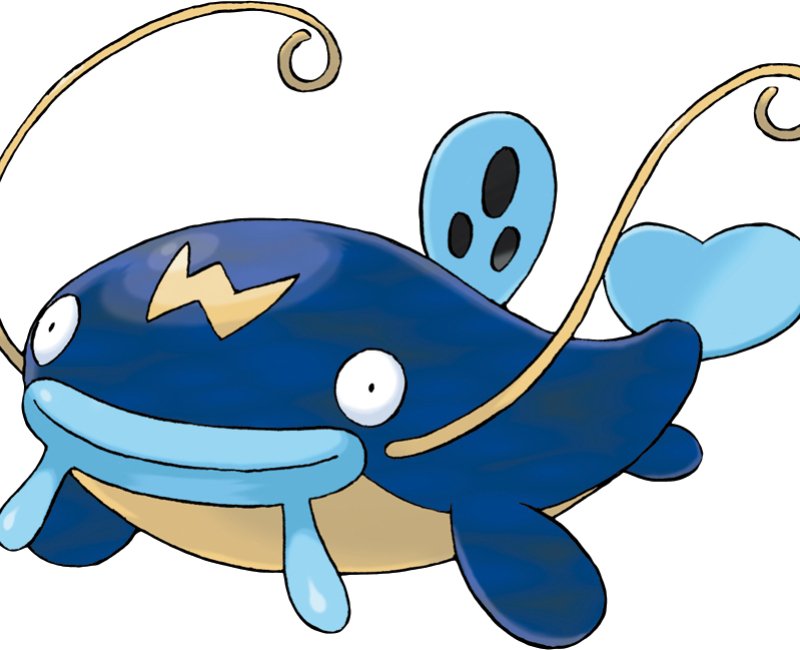The Legend of Namazu
🐟🐈 The Catfish Causing Earthquakes In Japan
Namazu is a legendary catfish said to be living under the Japanese archipelago and causing the many earthquakes shaking its grounds every time it moves. According to an Edo period folktale, it is kept pinned underground thanks to a sacred stone pegged by god Takemikazuchi. Its image is often referenced in the Japanese popular culture.
Due to its location at the convergence of 4 large tectonic plates, Japan has always been subjected to earthquakes of various intensities and destructive power. Well before science could explain these haphazard natural phenomenons, the Japanese people made them part of its traditional folklore. The several myths referencing earthquakes are built on the idea that the country is hinged on the spine of a monstrous water beast whose movements are the cause of the frequent ground quivering.
First imagined as a dragon, the giant animal on which Japan is supposedly resting gradually became over time a catfish named namazu (鯰) in Japanese. As a matter of fact, the catfish, a large predatory fish living in the depths of fresh water lakes, has barbels near its mouth that make it sensitive to underground electric fields. At the time, people concluded there was a causal relationship between the ground shaking and the namazu as they had observed the fish swarming at the water surface just before a tremor.
The legend of Namazu started in the 15th century and became increasingly popular in the Edo period (1603 - 1868), especially after the 3 Ansei era great earthquakes that occurred between 1854 and 1855, including one of 6,9 magnitude that stroke the feudal capital (now Tokyo). At this period and as a prophylaxis against future disasters, Japanese etchings ukiyoe artists published series of illustrations of the catfish, called namazu-e (鯰絵). These prints illustrated the legend and were also used as omamori talismans to receive the divine protection of thunder god Takemikazuchi (建御雷).

Namazu subdued by kami Takemikazuchi
Takemikazuchi is a war kami deity, known as the hero that vanquished the giant catfish responsible for earthquakes in Japan. He subjugated the fish by pinning down its head with a kaname-ishi (要石) sacred stone, an essential keystone preventing Namazu from moving and therefore from causing quakes when pegged into the ground.
The symbolic kaname-ishi monolith is still standing in the grounds of Kashima-jingu (鹿島神宮) great shrine, located in Ibaraki Prefecture, in the north-east of Tokyo. This ancient Shinto site is enshrining kami Takemikazuchi, also known as Kashima daimyojin or Kashima no Kami. Moreover, he is the tutelary deity of the Fujiwara’s, a powerful clan that ruled during Japan’s classical age, especially the Nara (710 - 794) and Heian (794 – 1185) periods.
However, the thunder god’s hold over Namazu is not infallible and cannot always prevent the creature from moving. Thus, some Edo period namazu-e prints point out the weakness of the kami who sometimes gets distracted and softens his grip on the beast, resulting in an earthquake. On the other hand, the catfish is not necessarily considered bad by the population, as the destruction it causes eventually brings its share of wealth, especially to craftsmen who will be in charge of rebuilding. That is why many prints show the catfish together with Daikokuten, one of the 7 Lucky Gods of Japan.
Namazu is also associated to the symbolic of Yin and Yang, incurring earthquakes when the cosmic balance has to be restored. Therefore, many inhabitants of Edo saw in the Ansei era earthquakes the consequences of their troubled times, the Bakumatsu, when several political and commercial challenges triggered the fall 🍁 of the shogunate and the restoration of the emperor as the sole ruler of the country.

Namazu in contemporary culture
Nowadays, Namazu and its traditional relationship with earthquakes is often used by Japanese institutions, especially to illustrate the traffic signs showing instructions in case of a large scale earthquake, like in Tokyo (front picture). Japan’s Meteorological Agency has also already used the catfish in its communication on the archipelago’s seismicity.
The pop culture has many representations of Namazu, such as the Pokémon Whiscash (called Namazun in Japanese) that is a direct reference to the catfish and its ability to cause earth tremors.

